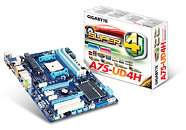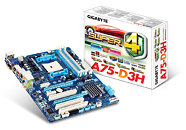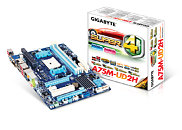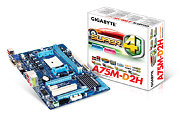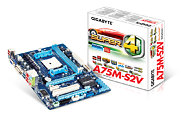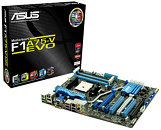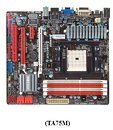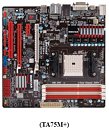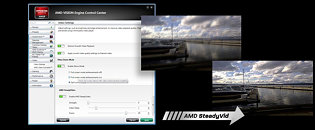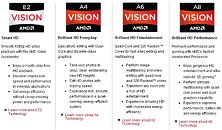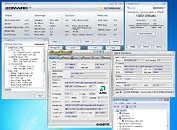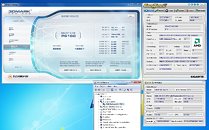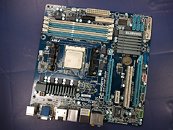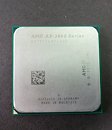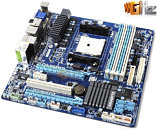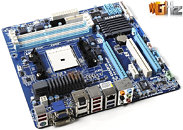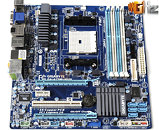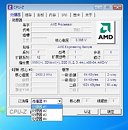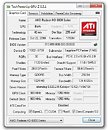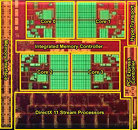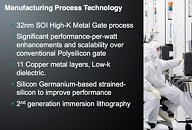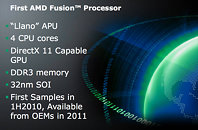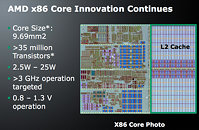
GIGABYTE Rolls Out A75 Motherboards For AMD Llano A8 and A6 APUs
GIGABYTE TECHNOLGY Co. Ltd., a leading manufacturer of motherboards and graphics cards, today launched its latest series of motherboards supporting the new AMD A75 series chipsets, and the latest AMD A-Series APUs (codenamed Llano) that are set to take the world by storm with the best graphics performance ever seen on an onboard graphicsprocessor. GIGABYTE A75 based motherboards offer DIY PC builders and integrators a new world of 3D and multimedia performance with the most scalable, and best value upgrade path imaginable.
"At GIGABYTE, we are delighted to bring to market this new and exciting motherboard range, delivering our renowned durability and exceptional feature support to AMD's ground breaking APU technology," commented Henry Kao, VP of Worldwide Service and Marketing at GIGABYTE. "As well as bringing AMD A-Series technology to DIY users who demand excellent gaming and multimedia performance on a budget, these motherboards also offer a compelling upgrade path that includes Dual Graphics configurations."
"At GIGABYTE, we are delighted to bring to market this new and exciting motherboard range, delivering our renowned durability and exceptional feature support to AMD's ground breaking APU technology," commented Henry Kao, VP of Worldwide Service and Marketing at GIGABYTE. "As well as bringing AMD A-Series technology to DIY users who demand excellent gaming and multimedia performance on a budget, these motherboards also offer a compelling upgrade path that includes Dual Graphics configurations."
